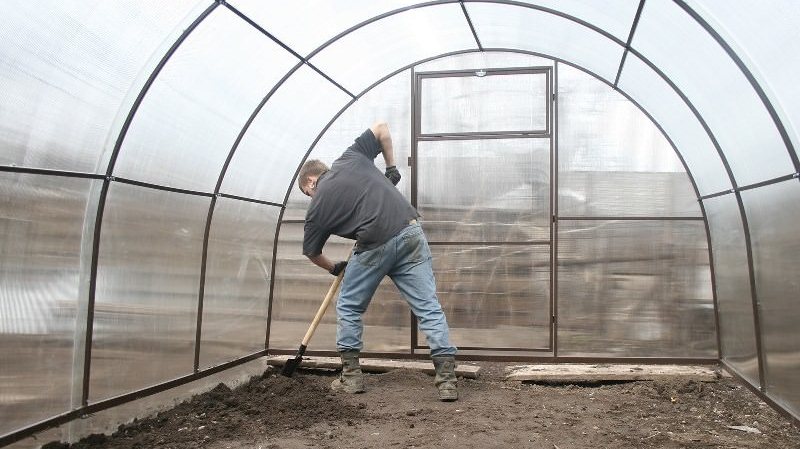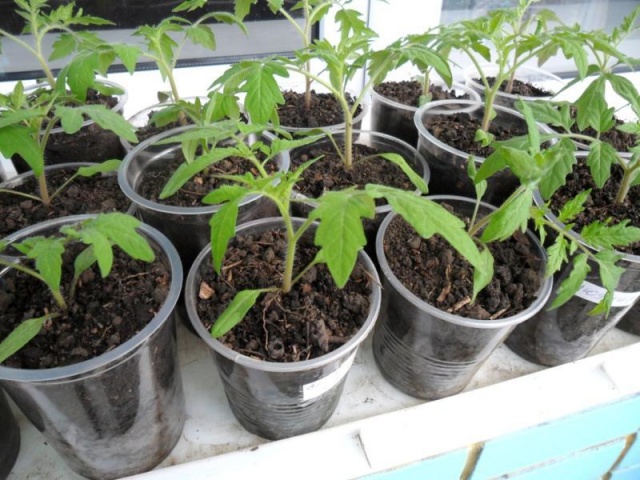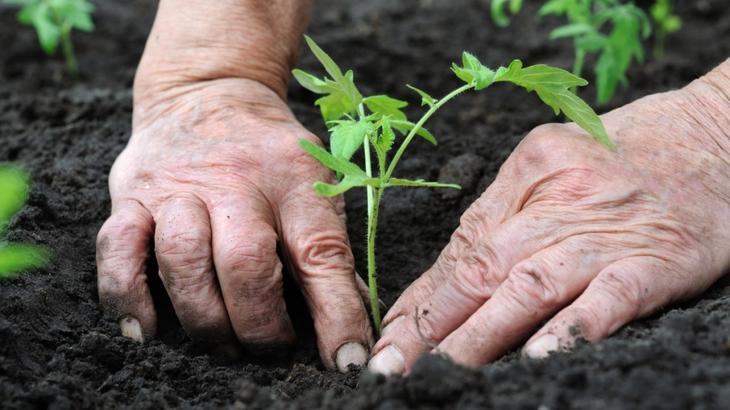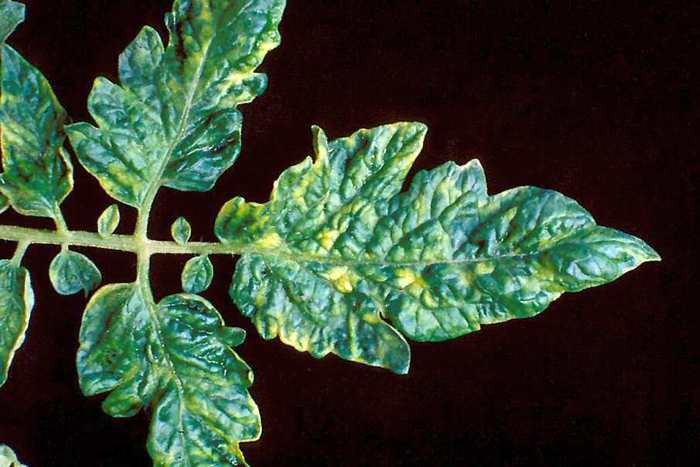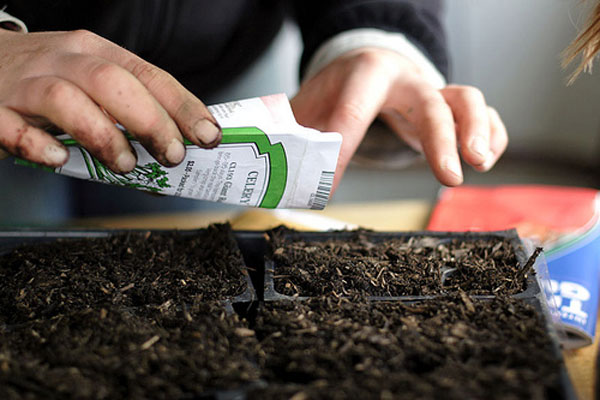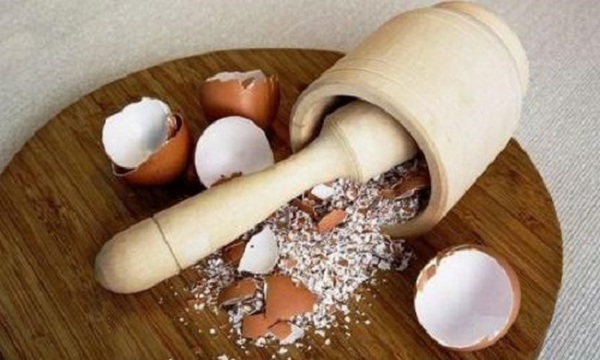Content:
Growing tomatoes in a greenhouse or open ground is a complex multistage process, on each stage of which the final harvest depends. Therefore, it is important to take into account all aspects of agricultural technology and perform the work according to the rules. One of the crucial moments is planting tomato seedlings in a greenhouse.
Tomatoes are a crop that many dream of growing, but not everyone succeeds. It is especially difficult to get a crop outdoors, but greenhouses have their own cultivation characteristics.
There are many types of tomatoes. Each of the varieties should be grown in a different way. For example, short determinant tomatoes can be planted much thicker than tall ones. There are also tomato varieties that do not require pinching and tying. But often in greenhouses they tend to plant higher bushes, which require pinching and shaping.
Planting tomatoes in a greenhouse
The process of moving seedlings to a permanent place in a greenhouse is a complex procedure that requires adherence to certain rules.
Dates of planting seedlings
It is possible to plant tomato seedlings in a polycarbonate greenhouse at different times. It is determined taking into account certain points. The main thing is that one rule should be observed - the soil temperature should be at least 15 degrees. In some regions, already at the end of April in polycarbonate greenhouses, the temperature reaches the desired level. Most often, disembarkation takes place in early May (in the colder regions of the middle lane), and to determine the most successful day, many use the lunar calendar.
The duration of soil warming depends on the number of long sunny days, as well as the region. Naturally, for the Volga region and the Moscow region, the timing for replanting is different. You can artificially speed up the process. If the greenhouse is heated, then there are no questions. For unheated shelters, you can use black sheeting. The soil in the greenhouse is covered with it, the sun's rays are attracted to black, which accelerates the heating of the soil.
Greenhouse preparation
If the greenhouse shelter has been used for more than a year, then by all means it should be cleaned not only of dirt, but also treated with disinfectants to remove pathogens of possible diseases. Outside, it is also not possible to clean the greenhouse, thoroughly removing dirt and dust, as they will prevent the penetration of sunlight. It is also worth looking at the integrity of all moving parts, if necessary, repair them.
Experienced gardeners recommend pre-digging holes for seedlings in advance (about a week in advance). This will speed up the process of warming up the soil, which in turn will help the tomatoes take root faster.
Soil preparation
When everything in the design of the greenhouse is functioning normally, you should start preparing the soil in it. Much depends on this moment. Crops such as tomatoes thrive best on light soils, where the acidity level is as close to neutral as possible.
If the soil is highly acidic, then before planting tomatoes, it is recommended to treat it with dolomite flour, ash or lime. It is best to use ash, as it additionally contains potassium, which is essential for tomato growth. Initially, the soil should be removed to a depth of 40-50 cm. Straw and manure are placed in the resulting hole, which will subsequently raise the temperature by 2-4 degrees.
There are many people who do not use chemicals in their summer cottages, they turn to folk feeding options:
- humus will bring nitrogen into the earth;
- the ash will enrich with magnesium, potassium, manganese;
- manure is a source of nitrogen, sulfur, calcium and magnesium;
- infusions of organic substances will enrich the soil with a wide range of nutrients.
To avoid scalding the root system of young seedlings, natural organic fertilizers should be mixed with the soil.
If tomatoes are grown in the greenhouse for several years in a row, then the top layer should be changed to a depth of 40-50 cm. You can avoid this procedure if you plant siderata in the greenhouse for the season.
Seedling preparation
Before transferring future tomato bushes to a new place, special measures should be taken to harden and prepare seedlings. To do this, about 2 weeks before moving the tomato to a new place, open the vents in the room where the planting material is located and keep them open for almost 24 hours.
If the days are sunny, then you can generally take out containers with seedlings to fresh air. At first, it is worth leaving the tomatoes in the greenhouse for only 3-4 hours, gradually the time spent in the fresh air should increase. After 1-2 weeks, the seedlings can be left in the greenhouse for the whole day, and if the weather is good, even overnight. By the time of transplanting, the seedlings should have a thick stem and a healthy appearance.
To strengthen the tomato and enhance immunity, the root system should be treated with Bordeaux mixture before planting. By the time of planting, each seedling may already have formed the first brush of flowers, so as not to lose it, the tomatoes are sprayed 5 days before being transferred to the greenhouse or greenhouse with a special solution: 1 g is taken for 1 liter of water. boric acid. To get an early harvest, the determinant varieties of tomatoes begin to form into one stem from the age of the seedlings.
Greenhouse landing
Approximately a week before the planting of tomatoes in the greenhouse with seedlings is carried out, the ground is prepared. First, the beds are formed. They should be approximately 80-90 cm long and 35-40 cm high. The distance between the holes should be about 40 cm, and the depth depends on the variety of tomato:
- for high varieties of tomatoes, pits are made 30 cm in width and depth;
- for lower species, it is enough to make holes 20 cm deep and wide.
Fertilizer should be added to each well in the form of 2 liters of a mixture of humus and peat, 1 glass of potassium permanganate. Then the soil in the hole is watered with 1 liter of potassium permanganate solution.
Before the very planting of the tomatoes, warm water is poured into the holes in such an amount that liquid mud is formed. It is in it that you need to plant tomatoes. If the seedlings are powerful and well-formed, then they do not need to be greatly deepened - 3 cm is enough. But the overgrown seedlings should be significantly deepened. To do this, in the main hole, another one is made in the size of a container with a tomato.
Also, after planting the seedlings, all leaves that touch the ground should be removed. Moreover, such a removal is carried out in the morning, so that the wound that forms after removal has time to dry thoroughly in a day.
Landing scheme
If the owner of the greenhouse has a desire to get a good harvest, while not wasting precious space under the shelter in vain, then you should study the existing tomato planting schemes that will help rationally use the soil without harming the plants at any stage of growth.
Depending on the type and variety, it is worth choosing one of the existing schemes for planting tomato seedlings in any greenhouse:
- If you have to plant low-growing varieties when forming a bush in 2-3 stems, then it is better to choose a staggered arrangement in 2 rows. The distance between the rows is kept about 50-55 cm, and between the bushes - 40 cm;
- When planting standard and determinant varieties with the formation of 1 stem, an option with two rows and a checkerboard arrangement is also used. Up to 50 cm is left between the rows, and at least 25 cm between the plants.When choosing such a planting scheme, it will turn out to place about 10 bushes on each square meter. But this option requires careful care with the removal of extra stepsons and leaves so that the plant receives the required amount of light;
- It is also possible to combine the cultivation of both determinate and tall varieties of tomatoes in one greenhouse. For this, a slightly different scheme is used. The first row near the wall can be transplanted from determinant varieties with the formation of a bush in 1 stem. The distance between the bushes is about 40 cm. Tall varieties are placed in the second row, near the aisle. They are also formed into 1 stem, but at the same time they maintain a distance of up to 60 cm between the bushes. Determinant standard species can be placed between tall tomatoes in increments of 25 cm.After the formation of the second brush, a pinch is made on them. It turns out that small early bushes, while the tall ones grow, will already begin to produce crops, and then they can simply be removed from the greenhouse.
Diseases of tomato seedlings
At the time of planting and rooting of seedlings, a person can meet with various tomato diseases. First of all, the seedlings are most prone to damage by mosaics and bacteriosis.
Mosaic is one of the most unpleasant diseases that stains the leaves in a mosaic color. The color of the leaves can alternate from light green to dark green. In some cases, the disease spreads to the fetus. Light yellow spots appear on them. Most often, seedlings suffer from a similar disease in the open field, but in a greenhouse a similar disease can also manifest itself. After the first signs appear, the best option is to remove the affected bushes. The disease can get into the greenhouse with initially affected seeds, therefore, it is best to dress them before sowing.
Another serious disease common in greenhouses and open ground is bacteriosis. With its development, at first glance, it may seem that the plants are simply withering from lack of moisture.But in fact, upon closer inspection, it will be found that the trunks and leaves of the plant are filled with liquid, and the tissues are colored brown.
As you can see, when growing tomatoes in a greenhouse, great attention should be paid to each step in order to get a good and rich harvest. Observing the basic rules of agricultural technology when planting bushes, subsequently there will be no questions with lighting. Tomatoes are quite capricious crops that are prone to disease. In order not to meet with terrible tomato diseases, which are practically incurable, in the early stages of germination of bushes, treatment with special preparations should be carried out.

